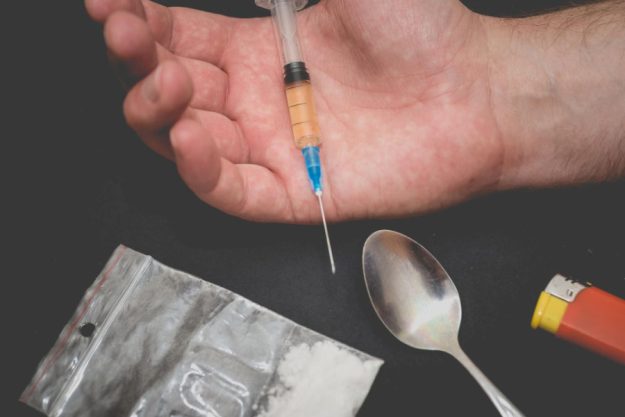Does Alcohol Make Your Eyes Yellow? Signs of Liver Damage
Having the whites of your eyes take on a yellow shade is a concerning symptom. Yellow eyes and liver damage are commonly linked because several liver conditions can cause a symptom called jaundice that results in the whites of your eyes turning yellow, as well as your skin. What might be causing liver damage? One…












